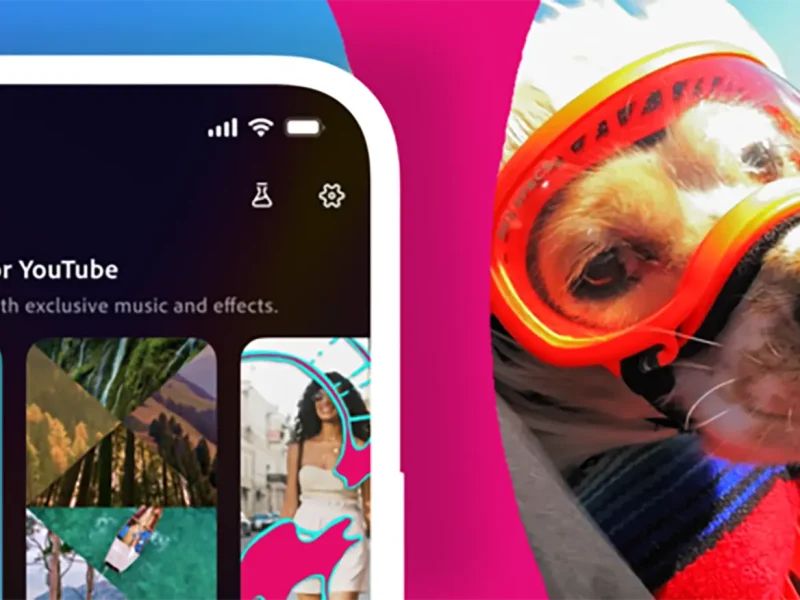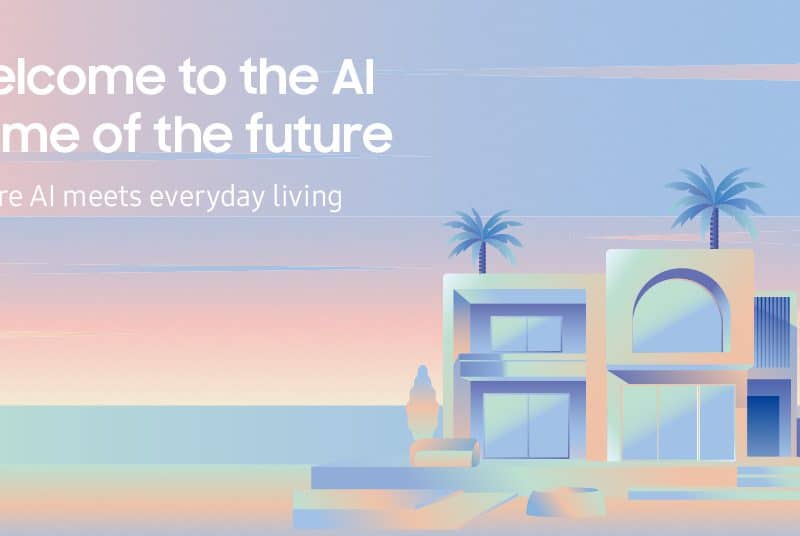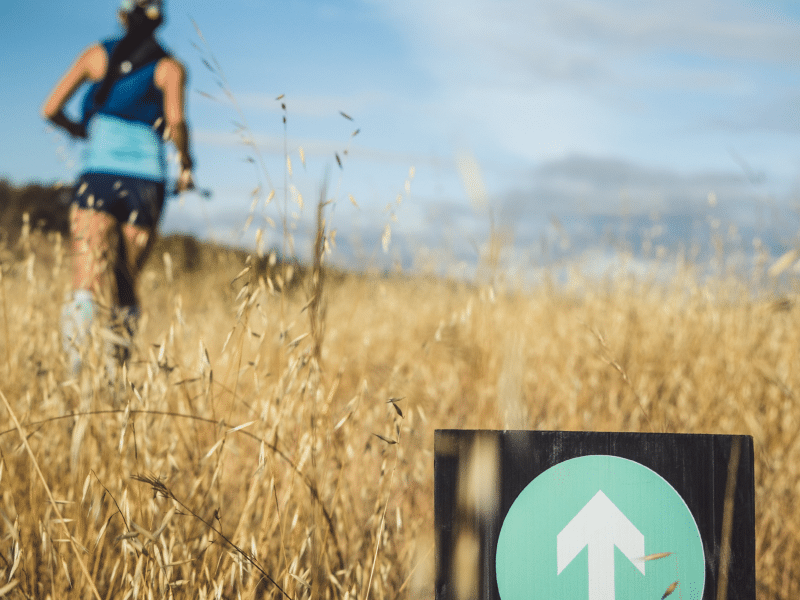On May 27, Pinterest released the latest edition of their Transparency Report which features new efforts to moderate content on the platform. The report aims to highlight content that has been eliminated for violations of Pinterest’s guidelines.
Pinterest asserts their focus on being the go-to platform for inspiration and ensuring harmful content is eliminated from the platform:
“Our mission is to inspire everyone to create a life they love, and it guides our content moderation policies. We’re proud of the steps we’re taking to keep Pinterest safe and will continue to iterate on this report moving forward.”
Pinterest reported its successful attempt at keeping negative posts away from their users by eliminating a majority of the posts prior to being viewed by the online community. The harmful content removed included: 91% of conspiracy theories, 90% of self-harm and harmful behaviour, and 78% harassment and negative criticism.
In Pinterest’s aim to fight against misinformation, 85% of Pins between October and December 2020 were deactivated for promoting medical misinformation before they could even reach any form of engagement from users. To further support their stance on misinformation, Pinterest earlier revealed their initiatives to further curb the rise in COVID-19 misinformation through their partnership with Association for Healthcare Social Media (AHSM), medical organizations that help underrepresented groups, AdCouncil and many more.
Pinterest stated that they received an overall 4,078 takedown requests from government agencies between July and December 2020 with 3,684 removed and the remaining fell under restricted content. Pinterest’s quick response in handling negative content is a great example of how social media apps can help build safe spaces online to protect their users mental health and emotional well-being.




